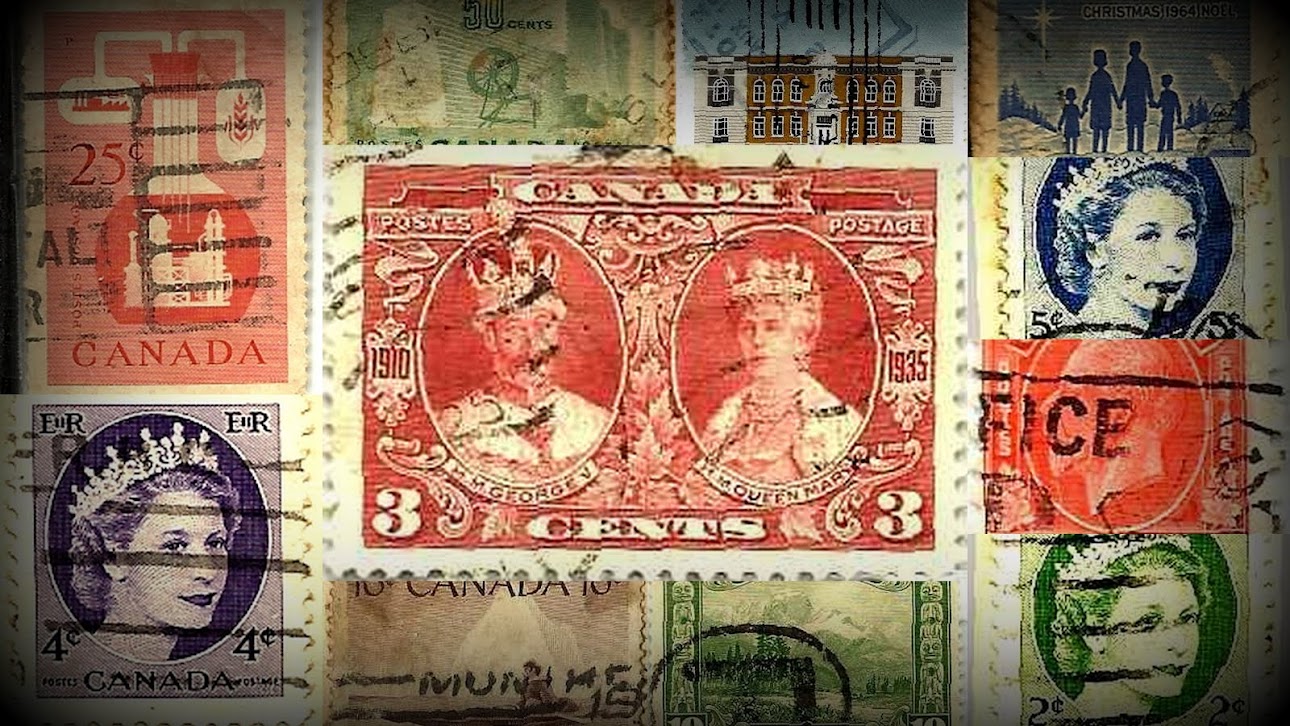Text: 5¢ Canada Post Christmas
1964 Noel
Condition: Ø = used/cancelled
Title: Christmas
1964
Face value: 5
Stamp Currency: cent
Country/area: Canada
Year: 1964-10-14
Set: 1964 Christmas
Stamp number in set: 1
Basic colour: Blue
Exact colour:
Usage:
Definitive
Type: Stamp
Theme: Christmas
, Religion
Stamp subject: Christmas
1964
NVPH number:
Michel number: CA 380
Yvert number: 360a
Scott number: 435
Stanley Gibbons number:
Printing office:
Perforation: L 12
Size: 20
x 17
Watermark:
Paper:
Printing: Recess
Buy Now:
Bid Now:
I. Star of Bethlehem Background
Many theories have been espoused to
explain the “Star of Bethlehem” which identified the child Jesus as mentioned
in Matthew 2: 1-12:
After Jesus was born in Bethlehem in
Judea, during the time of King Herod, Magi from the east came to Jerusalem and
asked, “Where is the one who has been born king of the Jews? We saw his star
when it rose and have come to worship him.
II. Larsen’s Theory of the Bethlehem Star
In 3/2 BC, Jupiter’s retrograde wandering
would have called for our magus’ full attention. After Jupiter and Regulus had
their kingly encounter, Jupiter continued on its path through the star field.
But then it entered retrograde. It “changed its mind” and headed back to
Regulus for a second conjunction. After this second pass it reversed course
again for yet a third rendezvous with Regulus, a triple conjunction. A triple
pass like this is more rare. Over a period of months, our watching magus would
have seen the Planet of Kings dance out a halo above the Star of Kings. A
coronation.
By the following June, Jupiter had
finished crowning Regulus. The Planet of Kings traveled on through the star
field toward another spectacular rendezvous, this time with Venus, the Mother
Planet. This conjunction was so close and so bright that it is today displayed
in hundreds of planetaria around the world by scientists who may know nothing
of the Messiah. They do it because what Jupiter did makes such a great
planetarium show. Jupiter appeared to join Venus. The planets could not be
distinguished with the naked eye. If our magus had had a telescope, he could
have seen that the planets sat one atop the other, like a figure eight. Each
contributed its full brightness to what became the most brilliant star our man
had ever seen. Jupiter completed this step of the starry dance as it was
setting in the west. That evening, our Babylonian magus would have seen the
spectacle of his career while facing toward Judea.
III. The Three Wise Men—Daniel’s Magi?
Basically, the cult of the Magussaeans
was a combination of heretical Zoroastrianism and Babylonian astrology. When
Cyrus the Great conquered the great city of Babylon in the sixth century BC,
the Magi came into contact with the teachings of the city’s astrologers, known
as Chaldeans. According to Diodorus of Sicily, a Greek historian of 80 to 20
BC, and author of a universal history, Bibliotheca historica:
...being assigned to the service of the
gods they spend their entire life in study, their greatest renown being in the
field of astrology. But they occupy themselves largely with soothsaying as
well, making predictions about future events, and in some cases by
purifications, in others by sacrifices, and in others by some other charms they
attempt to effect the averting of evil things and the fulfillment of the good.
They are also skilled in the soothsaying by the flight of birds, and they give
out interpretations of both dreams and portents. They also show marked ability
in making divinations from the observations of the entrails of animals, deeming
that in this branch they are eminently successful.
In addition, the sixth century BC is also
known in Jewish history as the Exile, when their entire population was located
in the city, having been removed to there by Nebuchadnezzar, at the beginning
of the century, after he had destroyed Jerusalem. Having become substantial
citizens, with some achieving minor administrative posts, it is possible the
Jews also contributed to this development. In fact, in the Book of Daniel,
Chapter 2:48, Daniel is made chief of the “wise men” of Babylon, that is of the
Magi or Chaldeans. In any case, scholars have certainly recognized that the
later teachings referred to collectively as the esoteric Kabbalah, seem to have
been a combination of Magian and Chaldean lore. Astrology was not a component
of mainstream Zoroastrianism, and those who incorporated its concepts into
their version of the faith seem to have been regarded as heretical.
IV. Jewish Star Signs—Heavenly Astronomy
Some significant truths from the Bible
indicate a relationship between the constellation of stars and God’s early
prophetic revelation of the gospel to man. Long before written records were in
use, the prophetic outline of the great plan of redemption was signified in the
star groups and in the names of individual stars.
Conclusion
Believers can rest assured in revelation
and that there is a strong connection between creation and God. He sometimes
uses heavenly bodies to send a message to His people. This is stated in Psalm
19:1-4:
The heavens declare the glory of God;
And the firmament shows His handiwork.
Day unto day utters speech,
And night unto night reveals knowledge.
There is no speech nor language
Where their voice is not heard.
Their line has gone out through the earth
But whatever one believes explains such
phenomenon as the Star of Bethlehem, Christmas is worthy of celebration for its
message of God coming down to earth as man to save all mankind. And this can
never change.










